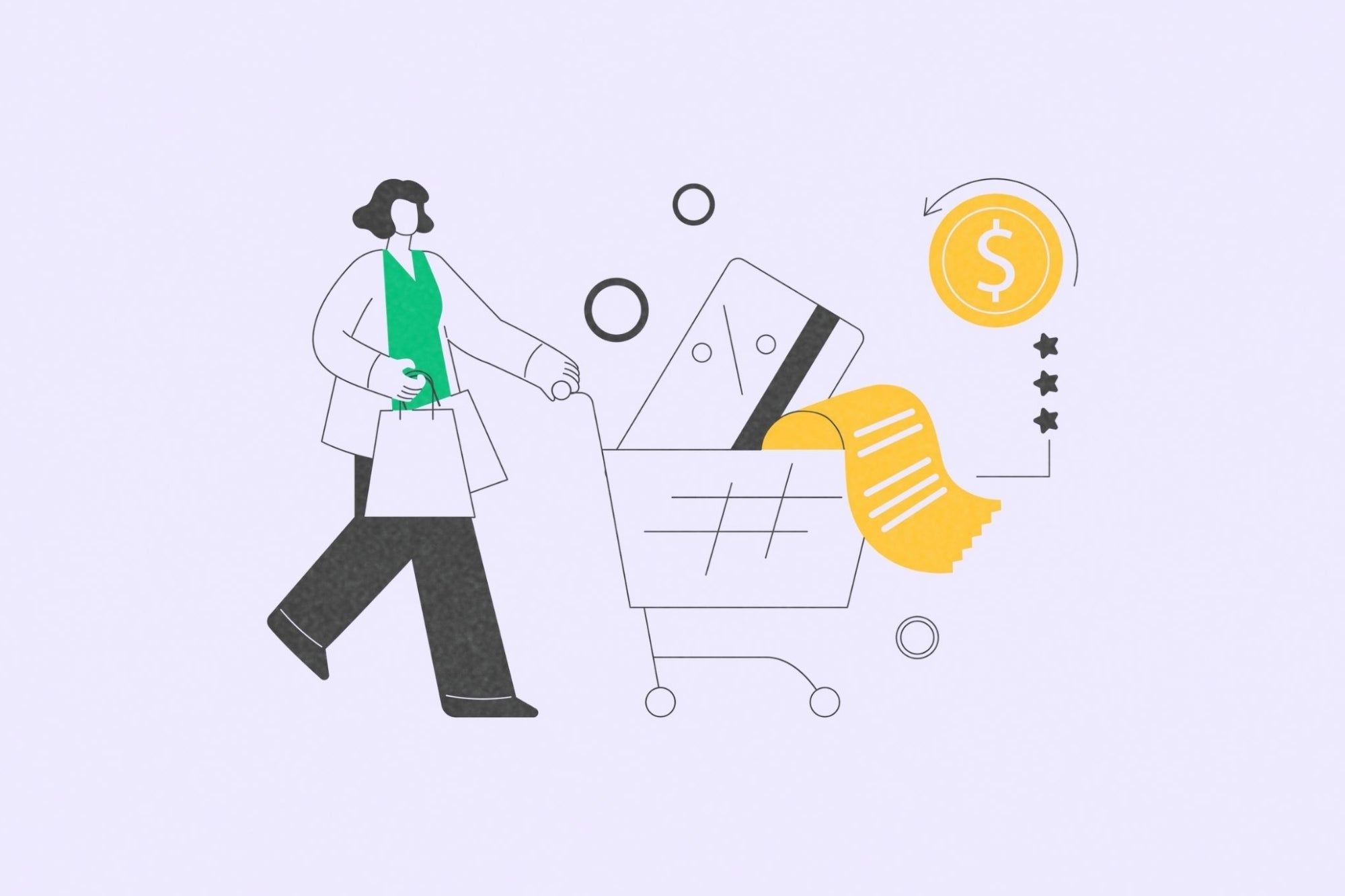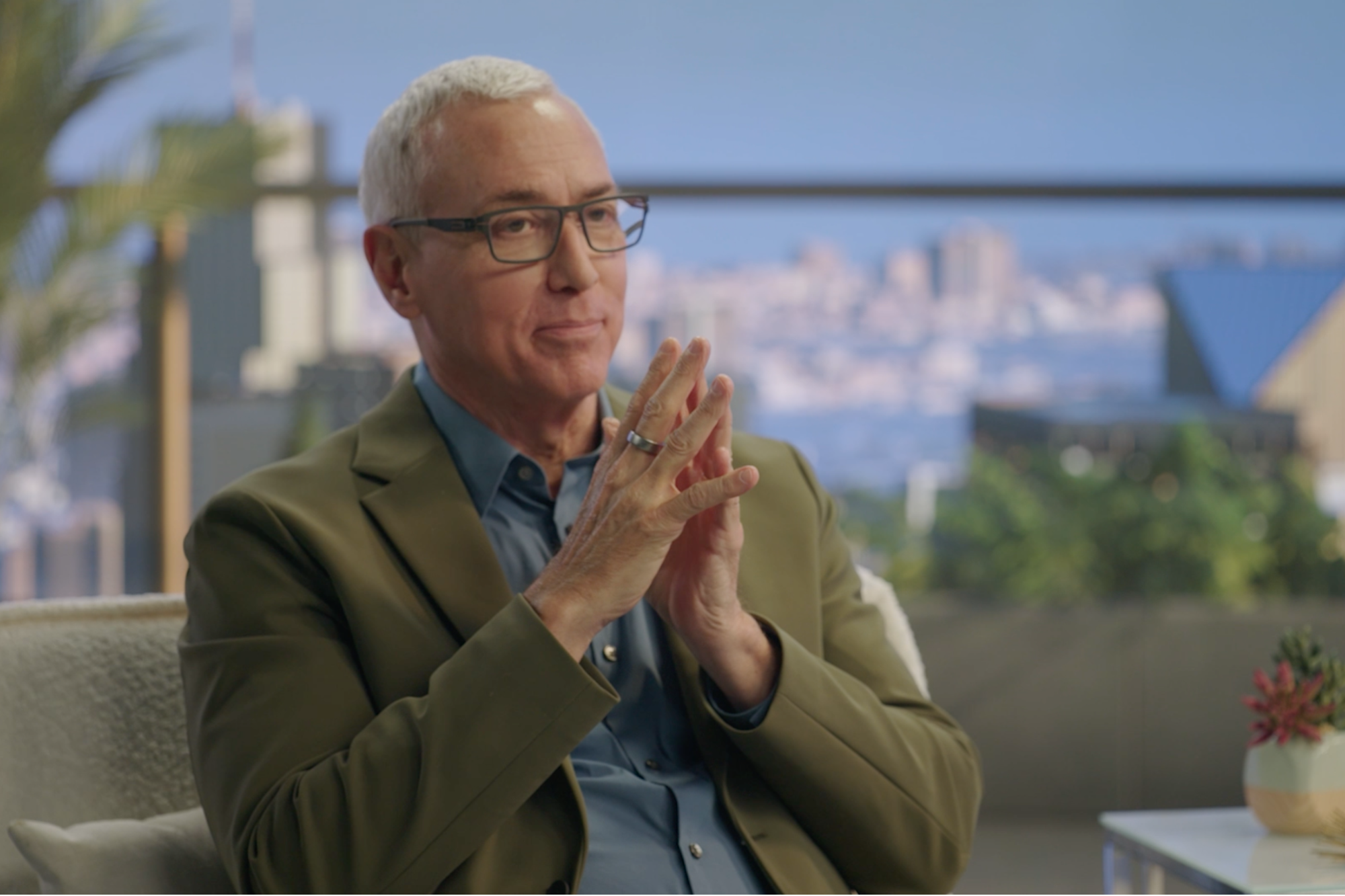Opinions expressed by Entrepreneur contributors are their own.
Too many loyalty programs operate like rusty hand-cranked machines that require immense effort for a single turn. They rest on the premise of short-term retention, a model that stalls the moment a competitor offers a slightly better deal. The future of loyalty is a frictionless flywheel that gains momentum with every joint success. Stop incentivizing purchases and start enabling program members’ success.
When each new project a member secures is fueled by unique data, and each product innovation immediately translates into a new capability, a powerful cycle comes to life. This symbiotic relationship between a brand’s growth and the member’s pipeline transforms loyalty from a defensive cost center into an unstoppable offensive strategy.
Related: How to Turn Your ‘Marketable Passion’ Into Income After Retirement
Diagnosing the pain points in a loyalty program
The first missed opportunity appears when a loyalty program begins with a rebate table rather than a team member conversation. A recent survey found that engagement among US loyalty members has dropped 10% since 2022, and loyalty has fallen twice as much, indicating that short-term incentives lose charm quickly when competitors match the offer.
Complex rules then create administrative overhead: layers of thresholds, expiry dates and blackout periods turn what should be encouraging into burdensome work. Champions who sign up to gain momentum often discover that the rewards demand more time than they deliver value.
Another gap emerges when programs focus solely on tracking spending. Hours invested in training, referrals or brand advocacy stay invisible, so contractors receive no acknowledgment for actions that raise their value.
Uniform benefit packs widen the gap further because a regional remodeler aiming for local credibility and a national distributor expanding into new states need different kinds of help. Each shortcoming stems from the same underlying issue: the program safeguards current revenue instead of expanding future opportunity.
Building an engine for mutual growth
Progress starts with a shift in perspective: replace “How do we keep customers from leaving?” with “How do we help participants secure their next win faster and at a better margin?”. Conversations with contractors, retailers and distributors consistently reveal three accelerators: early access to product improvements, dependable lead flow and credentials that earn trust. Benefits aligned with these goals transform a points account into a business toolbox.
For example, when a contractor can show a homeowner an exclusive product that saves labor, purchase decisions speed up and profitability rises on both sides. Data transparency must flow both ways. Dashboards give members real-time insight into tier progress and upcoming rewards while giving brands immediate feedback about which features drive incremental revenue.
Second, benefits are personalized: a rural roofer sees different opportunities than an urban remodeling firm, so the program adjusts instead of broadcasting one generic coupon. Third, purpose sits alongside price. When a program offers community service grants or sustainability certification, members receive a story they can pass to clients, adding reputation equity that compounds over time.
Related: How Transparency In Business Leads to Customer Growth and Loyalty
Revealing the impact of collaboration
The impact of a growth-focused program shows up first in financial data. Share of wallet rises among enrolled members, new product launches gain faster traction and churn recedes because leaving would erase visible support. Pipelines expand when a loyalty badge elevates credibility and leads arrive warmed by national marketing.
Over 37% of consumers spend more money with brands they subscribe to or belong to membership programs. For example, my company’s TAMKO Edge® loyalty program not only offers cash back rewards but also digital business tools, exclusive events and training. When points fund advanced workshops, regional ad credits or software that streamlines estimates, members invest in their personal growth, rather than merely offset costs.
Referral momentum reinforces the outcome. Team members who experience measurable gains invite peers, confident that additional network strength raises the tide for everyone. Listening sessions shift from rule confusion to conversations about shared innovation, indicating the relationship has moved from transactional to strategic.
Resilience during market swings provides final confirmation: members who rely on shared dashboards adapt quickly to supply fluctuations because joint planning aligns inventory with forecast demand. The brand benefits from steadier demand curves and reduced emergency discounting, an advantage no one-off rebate can match.
Tailoring programs to consumer pain points
Before investing in a redesign, teams can run a quick audit: match every perk to a real obstacle members face. Perks without that link waste focus and budget. Contractors, for example, often need support beyond their craft, like sales training, business guidance or lead generation.
Loyalty programs that offer these resources directly address pain points while tiered structures keep members engaged and motivated to grow. Prioritizing rewards that expand capacity, like marketing credits or extended warranties, over one-off treats builds long-term, mutually beneficial relationships. Early checks reveal gaps while costs to adjust are still low.
Sustaining momentum once it starts
Partnership thrives on scheduled dialogue. Setting aside time each quarter allows members to outline new hurdles while program teams share upcoming capabilities. During review sessions, owners confirm whether members choose rewards that extend reach, like advertising placements, skill certifications and longer service windows, rather than vouchers that offset routine expenses. Ongoing dialogue turns intention into concrete action by aligning future perks with real-time feedback.
Programs that cling to rebates compete in a shrinking arena defined by price, while initiatives that equip customers to secure bigger, faster wins compete in a wider field where every success multiplies. Align every reward, insight and meeting with that reality.
When mutual growth drives each decision, both ledgers rise together, turning loyalty into a long-term partnership that endures shifts in market, technology and customer expectations.
Too many loyalty programs operate like rusty hand-cranked machines that require immense effort for a single turn. They rest on the premise of short-term retention, a model that stalls the moment a competitor offers a slightly better deal. The future of loyalty is a frictionless flywheel that gains momentum with every joint success. Stop incentivizing purchases and start enabling program members’ success.
When each new project a member secures is fueled by unique data, and each product innovation immediately translates into a new capability, a powerful cycle comes to life. This symbiotic relationship between a brand’s growth and the member’s pipeline transforms loyalty from a defensive cost center into an unstoppable offensive strategy.
Related: How to Turn Your ‘Marketable Passion’ Into Income After Retirement
The rest of this article is locked.
Join Entrepreneur+ today for access.








